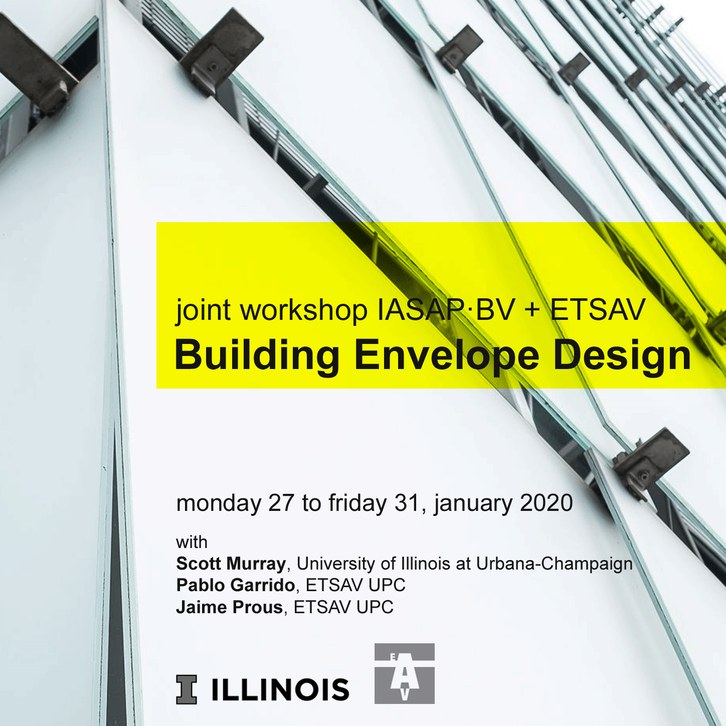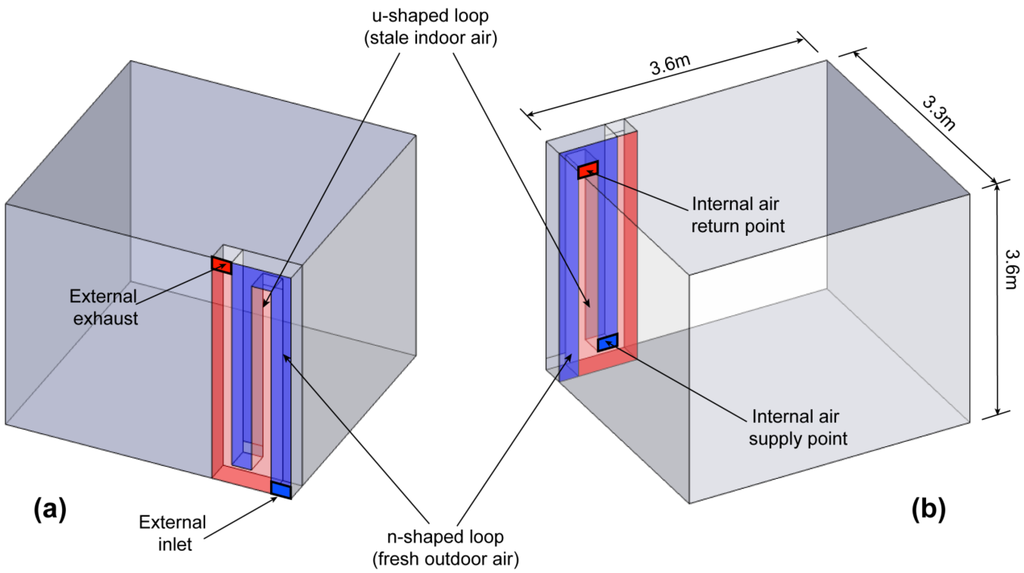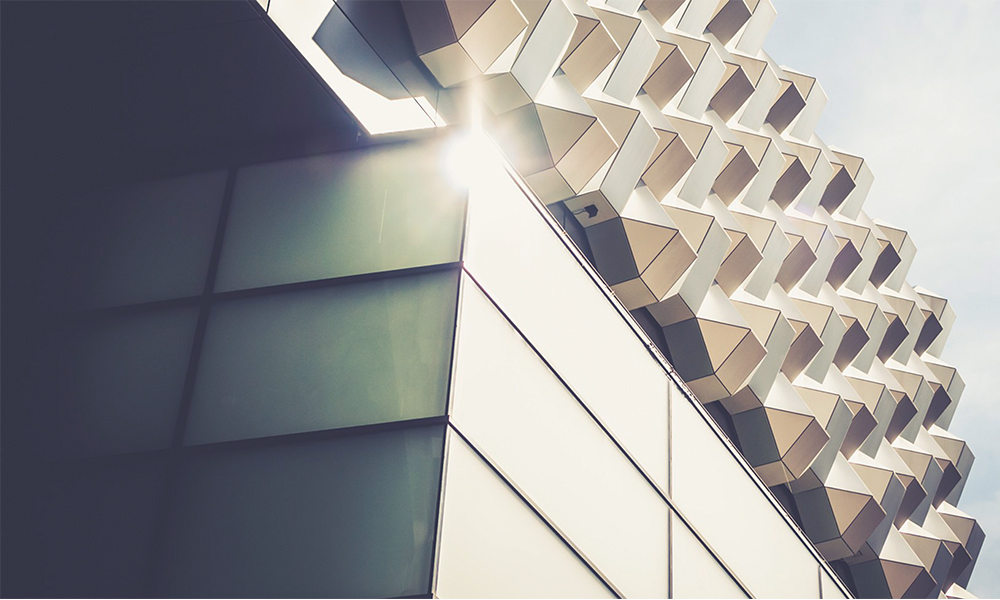

FSC certification guarantees that the forest of origin has been independently inspected and evaluated to comply with strict environmental, social and economic standards. Such timber and wood products are sustainably harvested from forests maintained by thinning, restoration, and replanting to provide long-term, steady removal of carbon dioxide from the atmosphere. Whenever possible, wood should be certified by the Forest Stewardship Council (FSC). Still, there are some environmentally friendly options when wood or timber is necessary. Other potentially sustainable materials include wood products, though the climate of Saudi Arabia and the surrounding region does not typically support lumber production. GREEN PLACE OFFICE BUILDING, MILANO, designed by Goring & Straja architects. In contemporary architecture, ceramics offer interesting options for cladding and shading of concrete or masonry structures, sometimes separated by an air cavity, as in Omrania’s Radisson Blu Hotel and Residence project. Terracotta (also terra cotta or terra-cotta) - Italian for “baked earth” - traditionally refers to clay-based ceramics that unglazed and red in color, but the term is sometimes applied to other types of ceramics. The resulting products offer an almost unlimited array of designs, textures, colors and finishes. Ceramic tiles are made by pressing and firing mixtures of clay, water, feldspar, talc, flint and other naturally occurring minerals into varying thicknesses and shapes. Photo © Hani Al-Sayed / OmraniaĬeramics are an ancient building material with newfound applications for sustainable modern architecture.

Following the rainscreen principle, an air cavity separates the external shading system from the insulated backup wall. The ceramic cladding components are lab-tested for durability and installed so they can be individually repaired or replaced if necessary.

Radisson Blu Hotel and Residence, Riyadh Diplomatic Quarter, Omrania. The insulated glass curtain wall is shaded by an external layer of diagonal fin louvers and perforated panels to minimize solar heat gain and ensure privacy to the surrounding community, while bringing natural light inside. An example of the contextual and sustainable use of glass is the building envelope of the Waha Office Building (pictured above), designed by Omrania to serve as our home offices in Riyadh. Measures to enhance the thermal characteristics (U-value) of a glass curtain wall include the use of insulating cavities, inert gas fills, thermal breaks, and low-emissivity coatings. Its atoms cannot crystalize into an orderly formation because of the rapid cooling of hot liquid glass.

At the molecular level, glass is an amorphous solid - essentially a super-stiff liquid. Advances in insulated unit fabrication (double- and triple-glazed units with inert gas filling) and invisible low-emissivity coatings have increased the energy performance of glass for building envelopes, especially when combined with hardware such as external louvers or screens for shading. Glass is a technological yet potentially green material that must be considered as part of a sustainable design and building strategy. Picking up on our recent post “ Sustainable Materials - Building with Earth and Stone,” here we expand the discussion to include other types of building facade materials commonly used in contemporary architecture. Sustainable building practices require an understanding of each material’s embodied energy and expected energy performance over the life of the building. Posted on NovemWaha Office Building, Riyadh, designed by Omrania. Beyond Masonry: Sustainable Materials for the Building Envelope


 0 kommentar(er)
0 kommentar(er)
